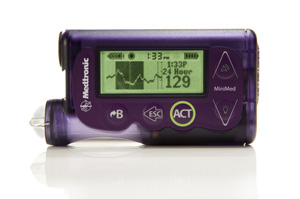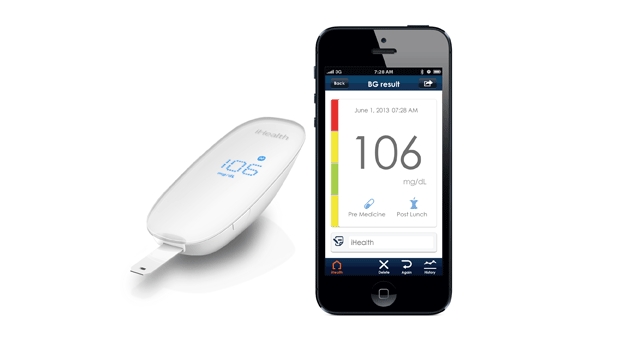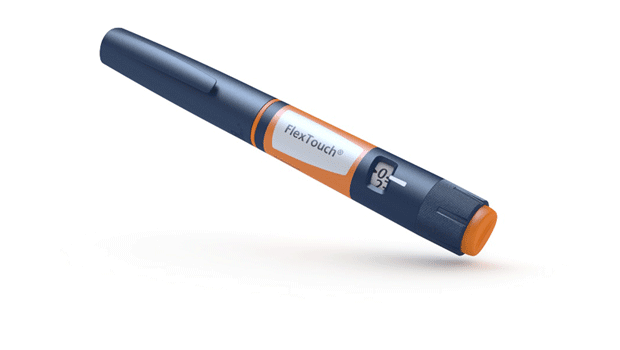Study Reveals Beta Cell Destruction Begins Well Before Diagnosis
New TrialNet data shows a rapid decline in beta cell functionality months before the clinical threshold for diagnosis is reached

For many of us, type 1 diabetes is a disease that materializes out of thin air. One day we feel fine, then the next, something seems off. The thirst, the constant bathroom trips, the insatiable hunger, they grow over the course of days or weeks.
The lucky ones get diagnosed early by a doctor or relative with a keen eye for the disease. While others only find out they have type 1 diabetes after extremely high blood sugars land them in the hospital clinging to life.
In either case, the day of diagnosis marks the day your life changed forever. The day you became a Diabetic with a capital D.
But new research provided by TrialNet is redefining the timeline of type 1 diabetes. According to data they have gathered, the beta cell destruction that leads to the clinical diagnosis of diabetes appears to begin earlier than even those first noticeable symptoms.
In fact, according to this data, you have likely been living with diabetes for far longer than you ever knew.
Timeline of Beta Cell Decline
This new TrialNet study looking into the beta cell function of close relatives of those living with type 1 who happened to be diagnosed themselves during the trial period, has finally shed some light on when and how rapidly beta cell damage occurs in type 1 diabetics.
According to this new data, subtle changes in c-peptide levels can be detected 12 months before clinical diagnosis occurs. These changes appear to most significantly affect blood sugars following meals while fasting blood sugars continue to stay stable until about 6 months before diagnosis.
At the 6-month prediagnosis mark, beta cell destruction reaches a peak level that does impact fasting blood sugars, but not enough to warrant a clinical diagnosis.
This rate of beta cell decline continues at the same rapid pace until 6 months post-diagnosis, at which point beta cell destruction slows until functionality bottoms out around 12 months after diagnosis.
This timing of beta cell destruction followed the same pattern in all age groups, though those diagnosed in adulthood showed a slower rate of decline during the six month periods prior to and after diagnosis.
Looking at the Larger Picture of Disease Progression
While we now know that beta cell destruction begins up to a year before diagnosis and reaches a rapid rate of decline at about six months before the criteria for clinical diagnosis is met, the autoimmunity that causes this destruction generally begins much earlier than even this.
According to extensive research on diabetic autoantibodies, most people who develop type 1 show at least one autoantibody by the time they are two or three years of age. Meaning, that their immune system has already begun the attack their pancreatic cells years before blood sugar anomalies arise.
- While not all people who show a single diabetes autoantibody go on to develop the disease, almost everyone who has two or more autoantibodies does.
- However, even in people with multiple autoantibodies, it is not uncommon for diagnosis to occur up to seven years after their second autoantibody arises.
- What changes occur between the first diabetes autoantibody appearing and the 12-month rapid beta cell destruction phase is still not well known.
Treating Diabetes Before It Begins
As fascinating as this information is for someone who frequently looks back on their own diagnosis and wonders how long their body had been hiding the problem, this data provides something far more valuable.
Up to this point, no therapy has proven effective in preventing beta cell destruction from continuing even when prescribed immediately following clinical diagnosis.
But, there is reason to believe that therapies applied before clinical diagnosis, specifically between 12 and 6 months prior to, may have the power to prevent a diabetes diagnosis from ever occurring.
By intervening in beta cell destruction before it reaches a critical level that begins to impact fasting blood sugars, it may be possible to freeze or reverse this destruction without the person ever needing to use supplemental insulin.
Unfortunately, intervening at such an early point in the disease’s progression requires frequent autoantibody and c-peptide testing. Something that is simply not possible for the entire population.
A start would be to recommend these tests to anyone with a first or second degree relative with type 1. Unfortunately, people with a family history of type 1 only make up about 10 to 15% of the total T1D diagnoses made each year.
But, for those without a close type 1 relative, there is still hope for early intervention.
A Finnish study that used genotyping to evaluate newborns most at risk for type 1 diabetes and applied the above screening protocol to identify autoantibody progression, found that they could identify 75% of infants without a family history of type 1 who later went on to develop the disease.
Protocols like this one could go a long way in identifying at-risk individuals and helping to encourage early intervention to prevent complete beta cell destruction.
While this process may not spell a cure for those of us who have already lost all our beta cells to an overactive immune system, it is a potential and very realistic path to a future free from new type 1 diabetes diagnoses.







